See the 2 year transformation of turning this factory into their dream house.
Top 10 Related Videos
1.
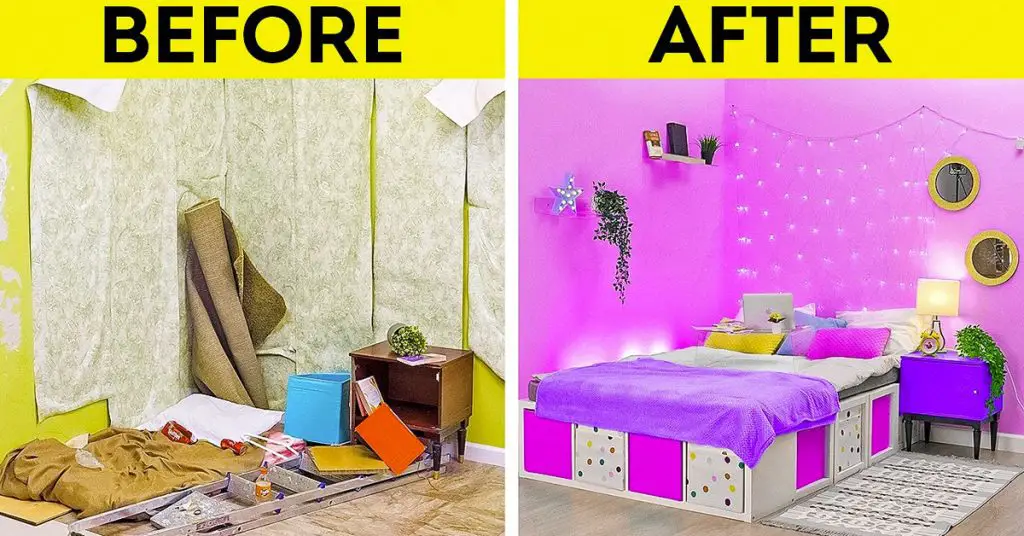 Extreme Bedroom Makeover with a Low Budget Get bedroom makeover and trendy DIY furniture ideas from this renovation. Top ... Read more
Extreme Bedroom Makeover with a Low Budget Get bedroom makeover and trendy DIY furniture ideas from this renovation. Top ... Read more2.
 Extreme Bedroom Makeover with a Low Budget Get bedroom makeover and trendy DIY furniture ideas from this renovation. Top ... Read more
Extreme Bedroom Makeover with a Low Budget Get bedroom makeover and trendy DIY furniture ideas from this renovation. Top ... Read more3.
 Complete Renovation of an Abandoned Mansion This incredible transformation is so beautiful to see. Top 10 Related Videos ... Read more
Complete Renovation of an Abandoned Mansion This incredible transformation is so beautiful to see. Top 10 Related Videos ... Read more4.
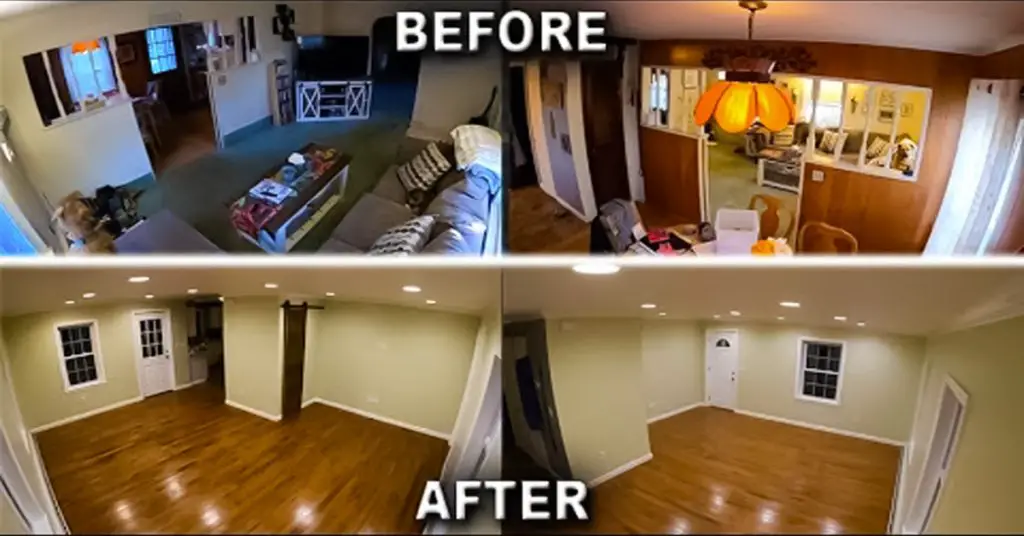 Complete Gut and Remodel of Living Room/Dining Room See the full 5-month renovation project from start to finish. Top 10 ... Read more
Complete Gut and Remodel of Living Room/Dining Room See the full 5-month renovation project from start to finish. Top 10 ... Read more5.
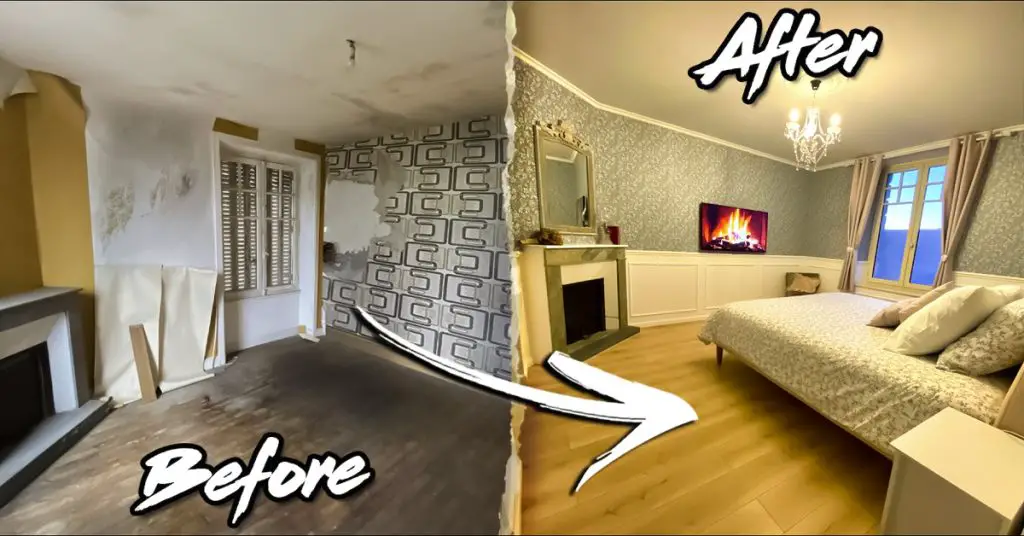 House Abandoned for 15 Years is Restored to a Beautiful Home See the amazing transformation from one year of hard work. Top 10 ... Read more
House Abandoned for 15 Years is Restored to a Beautiful Home See the amazing transformation from one year of hard work. Top 10 ... Read more6.
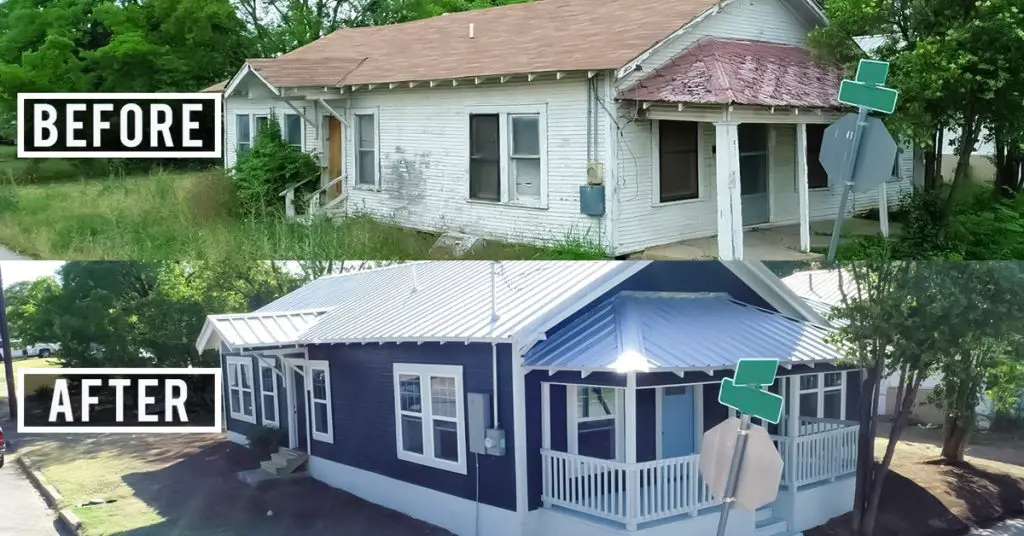 Amazing Before & After Renovation of This $5,000 House See the full remodel of this house that they only paid $5,000 ... Read more
Amazing Before & After Renovation of This $5,000 House See the full remodel of this house that they only paid $5,000 ... Read more7.
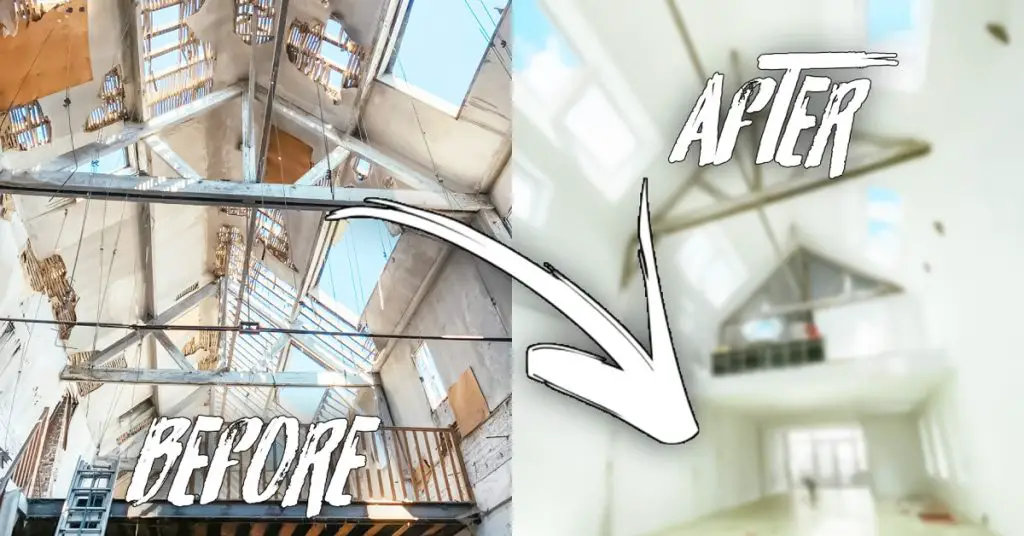 Renovating an Abandoned Factory into a Beautiful House See the 2 year transformation of turning this factory into their dream ... Read more
Renovating an Abandoned Factory into a Beautiful House See the 2 year transformation of turning this factory into their dream ... Read more8.
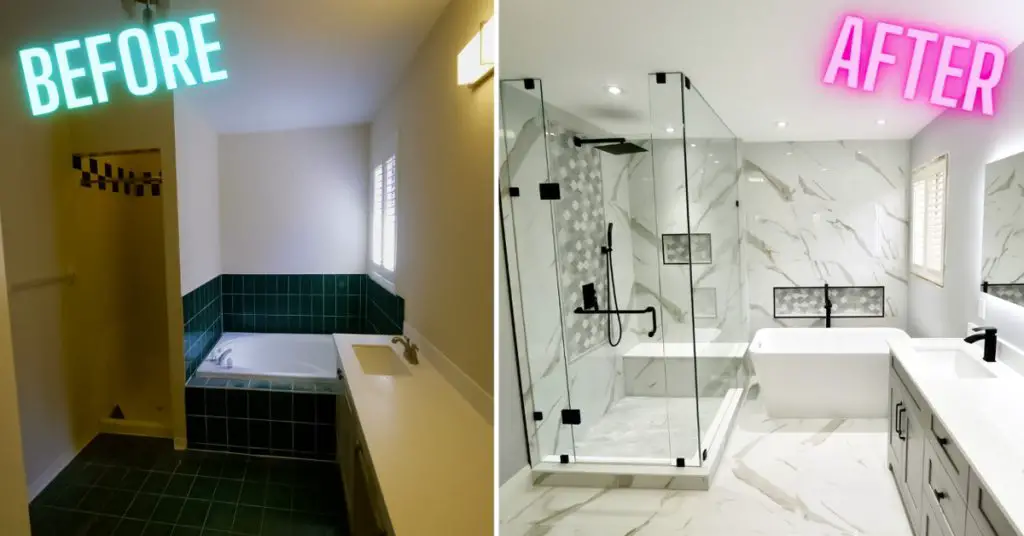 Step-by-Step How to Renovate Master Bathroom See this beautiful transformation and learn how to do it yourself. Top ... Read more
Step-by-Step How to Renovate Master Bathroom See this beautiful transformation and learn how to do it yourself. Top ... Read more9.
 Before and After Spending $1 Million and a Year of Renovating This house was abandoned for a decade and you won’t believe the ... Read more
Before and After Spending $1 Million and a Year of Renovating This house was abandoned for a decade and you won’t believe the ... Read more10.
 Step-by-Step How to Renovate Master Bathroom See this beautiful transformation and learn how to do it yourself. Top ... Read more
Step-by-Step How to Renovate Master Bathroom See this beautiful transformation and learn how to do it yourself. Top ... Read moreRenovating an Abandoned Factory into a Beautiful House: Key Tips and Considerations
Transforming an abandoned factory into a beautiful house is not just a renovation project; it’s a journey of reimagining and repurposing space that bridges industrial pasts with residential futures. This unique form of renovation requires vision, creativity, and a deep understanding of both the challenges and opportunities that come with converting commercial spaces into cozy, livable homes. Here are key tips and considerations to guide you through this exciting transformation process.
Embrace the Industrial Aesthetic
One of the most appealing aspects of factory conversions is the industrial aesthetic. Exposed brick walls, large windows, high ceilings, and metal fixtures are just some of the elements that can add character and charm to your new home. Embrace these features rather than trying to cover them up. By incorporating these industrial elements into your design, you create a space that pays homage to the building’s history while also making it your own.
Plan Your Space Wisely
Factories offer vast open spaces, which provide a blank canvas for innovative design. However, converting this into a functional and cozy living space requires careful planning. Consider how to best use high ceilings and open areas to create a flow that suits your lifestyle. Loft-style living, with open-plan kitchens and living areas, can work well. Use partitions, screens, or even plants to divide spaces and create intimacy without erecting walls that could detract from the openness of the space.
Let There Be Light
Natural light can transform a space, making it feel larger and more inviting. Factories often have large windows, but depending on the building’s orientation and design, lighting can be a challenge. Consider adding skylights or strategically placing mirrors to amplify natural light. In areas where natural light is scarce, invest in a mix of lighting solutions, including task lighting, accent lights, and ambient lighting to ensure the space is well-lit at all times.
Insulation and Energy Efficiency
Industrial buildings were not designed with residential comfort in mind. As such, one of the first steps in your renovation should be to update the insulation and heating systems. This will not only make your home more comfortable but also more energy-efficient. Look into modern insulation materials and techniques that can be applied without compromising the building’s structural integrity or aesthetic.
Preserve and Repurpose
One of the joys of converting a factory into a home is uncovering and repurposing original features. Whether it’s an old crane turned into a statement piece or machinery parts used as decor, these elements can serve as unique reminders of the building’s industrial past. Preservation doesn’t mean leaving everything as is, but rather integrating the old with the new in a way that respects the building’s history.
Navigating Regulations
Converting a factory into a residential dwelling involves navigating a maze of building codes and regulations. It’s essential to understand the zoning laws, building codes, and any historical preservation requirements that may apply to your project. Working with an architect or builder experienced in such conversions can be invaluable in ensuring your renovation meets all legal requirements.
Choose the Right Team
The complexity of converting an industrial space into a home means that choosing the right team is crucial. Look for architects, contractors, and designers who have experience with similar projects. They will not only provide valuable insights and solutions to potential challenges but also help you realize your vision while staying within budget and compliance with regulations.
Conclusion
Renovating an abandoned factory into a beautiful house is a rewarding endeavor that combines creativity, preservation, and innovation. By embracing the building’s industrial roots, planning your space thoughtfully, ensuring comfort through modern insulation, and working with the right team, you can transform a once-forgotten structure into a stunning, functional home. Remember, every challenge presents an opportunity to create something truly unique—a space that reflects your personality and respects its industrial heritage.
